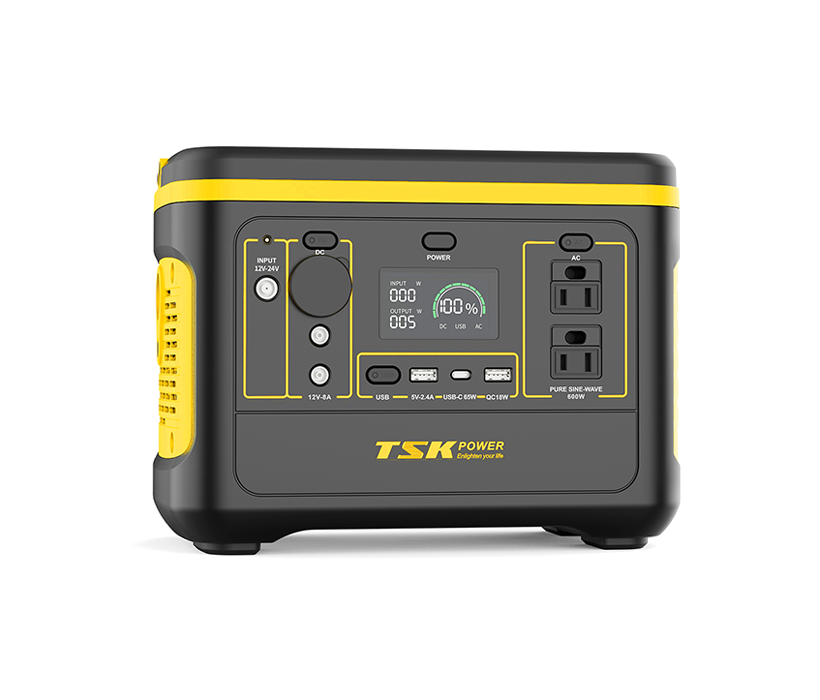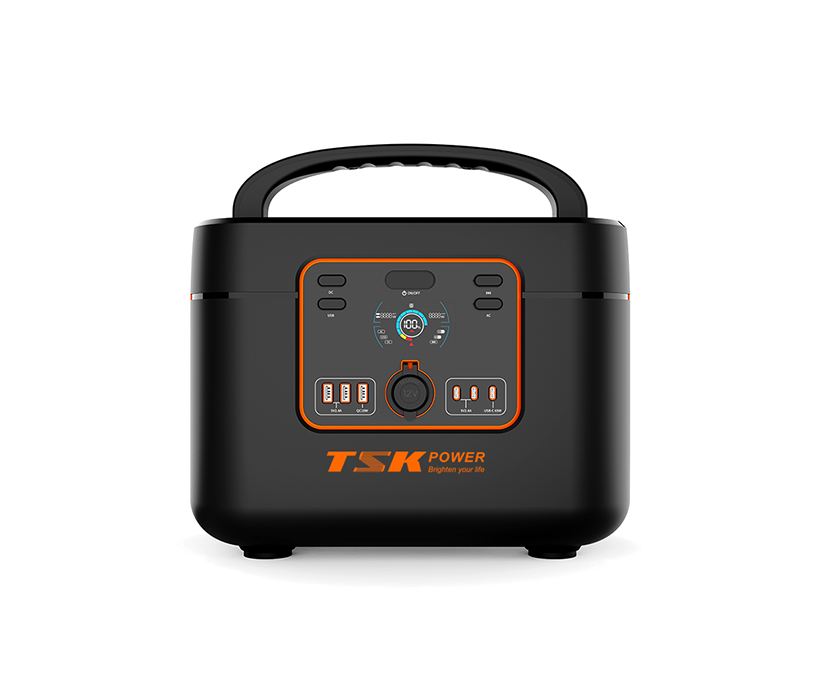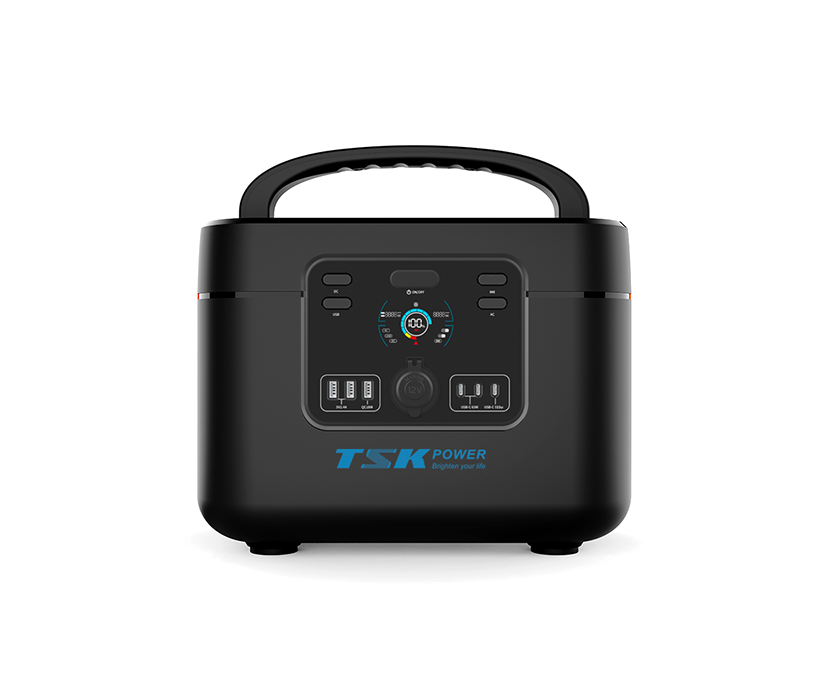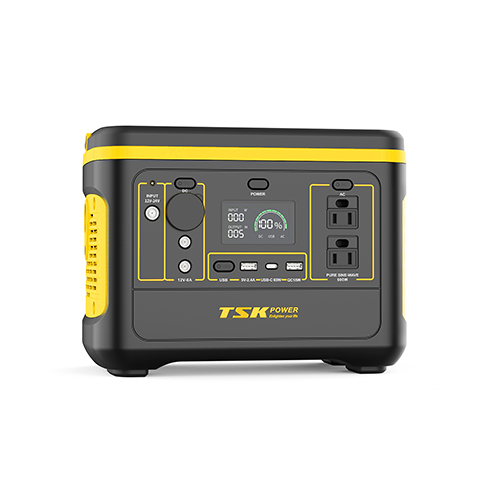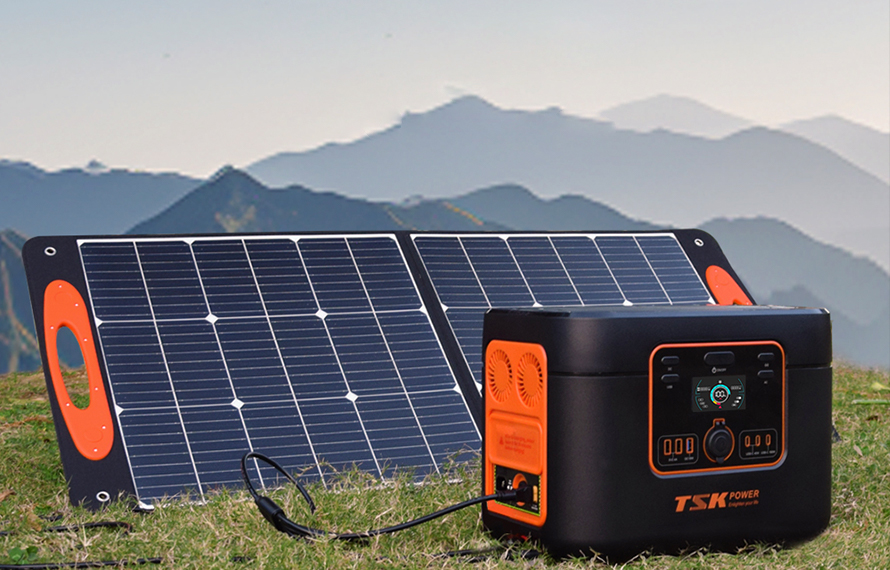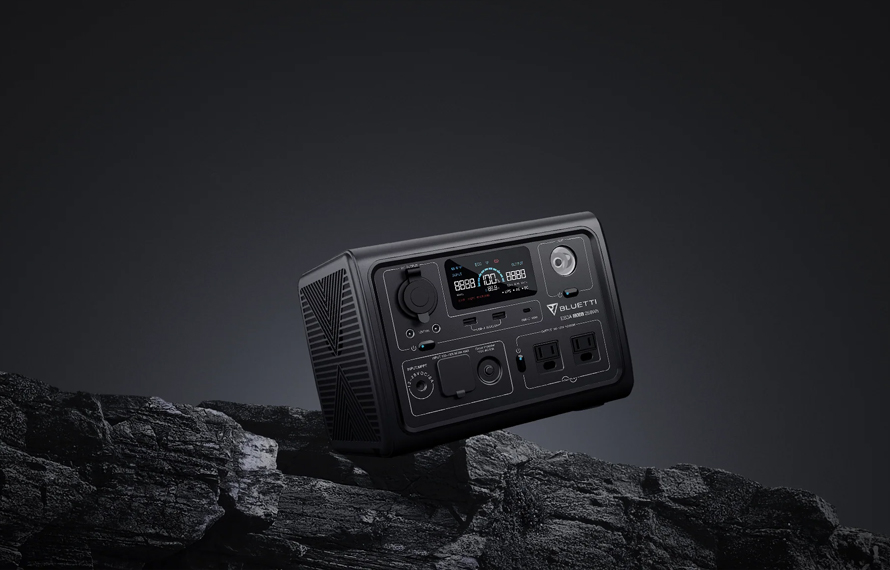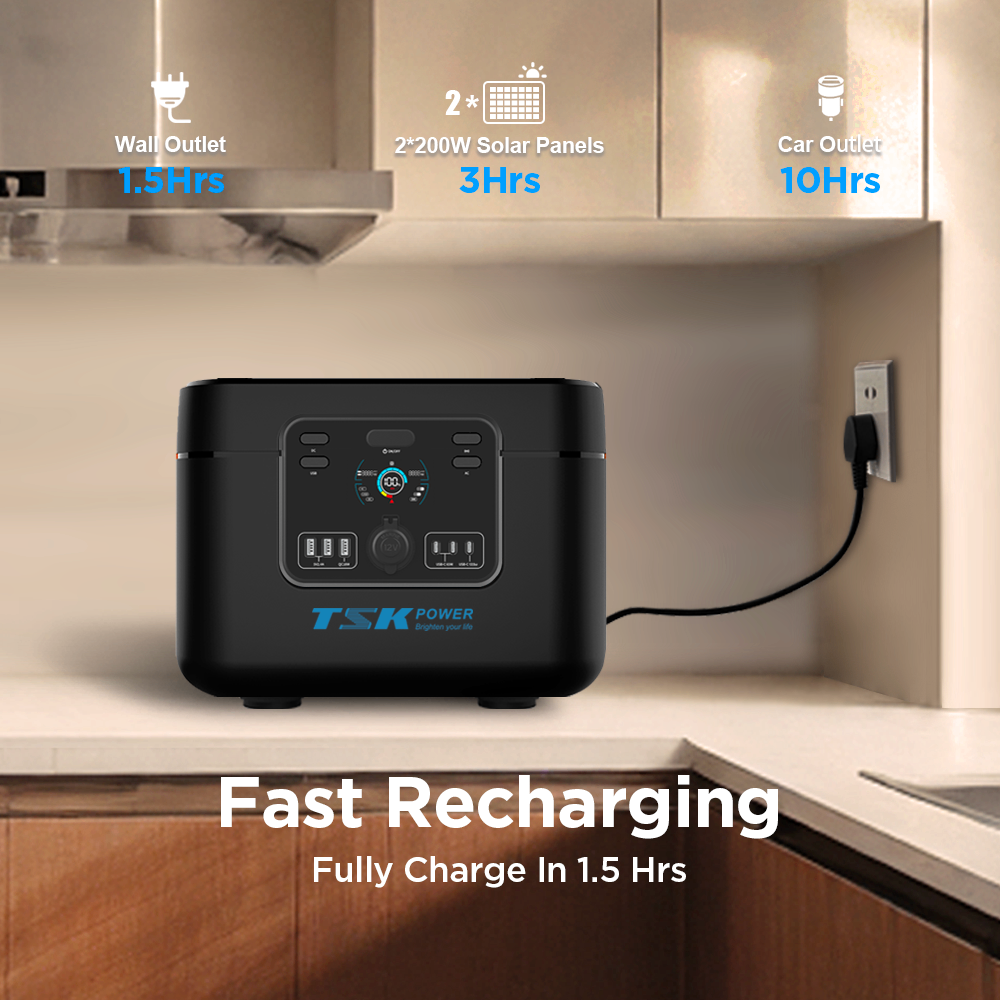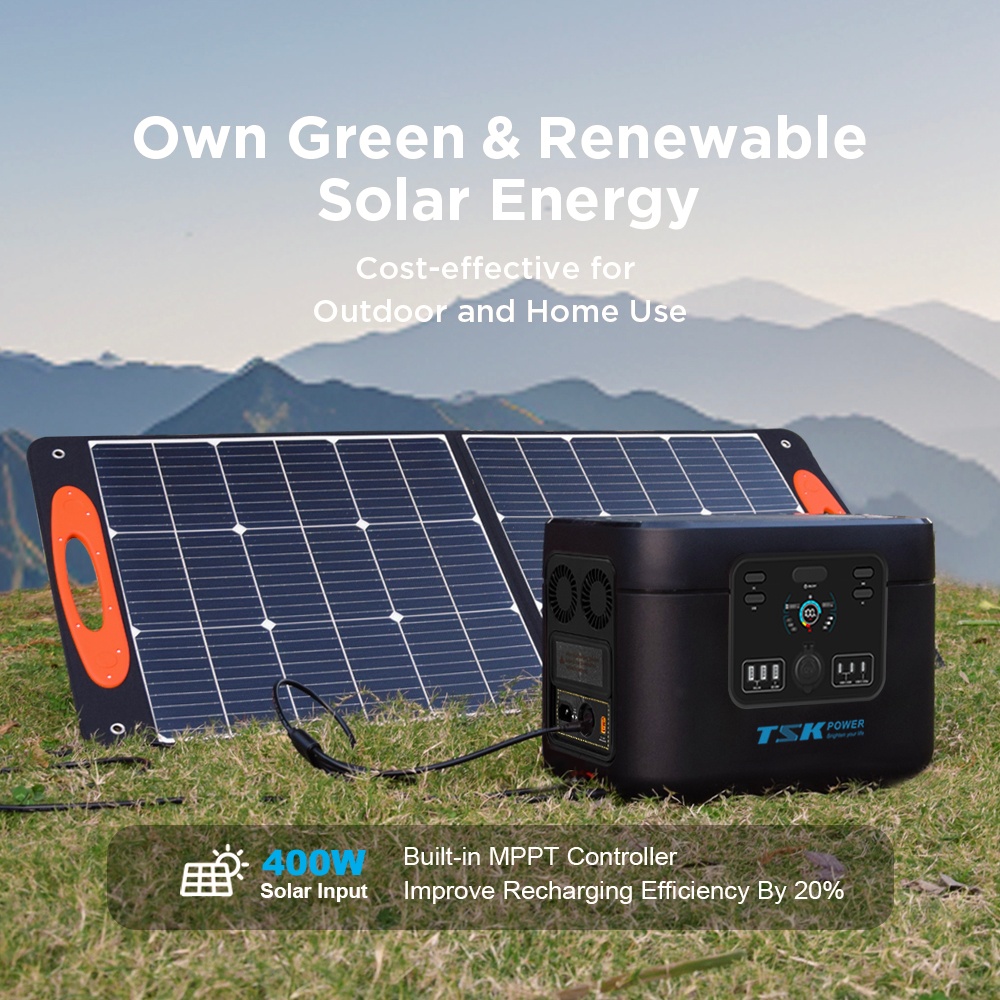Energy storage power supply detection refers to the testing and evaluation of various performance and safety indicators of the energy storage system. Through detection, it can be verified whether the energy storage power supply meets the design requirements and standard specifications, whether it has good operating effects and reliability, and whether it can adapt to different electrical appliances and load conditions.
Energy storage power supply detection requires the use of a series of professional equipment, mainly including the following:
Bidirectional programmable AC power supply: This device can provide adjustable AC voltage and frequency to simulate different grid conditions and detect the input power supply of the energy storage inverter. By changing the parameters of the AC power supply, the input range, input power factor, input harmonics and other indicators of the energy storage inverter can be detected.
Bidirectional programmable DC power supply: This device can provide adjustable DC voltage and current to simulate different energy storage batteries or loads and detect the output power supply of the energy storage inverter. By changing the parameters of the DC power supply, the output range, output efficiency, output stability and other indicators of the energy storage inverter can be detected.
Anti-islanding test detection device: This device can simulate the situation of grid failure or disconnection, and detect the anti-islanding function of the energy storage converter, that is, it can cut off the connection with the grid in time when a fault occurs to avoid harm to the grid and equipment. By changing the type, amplitude, duration, etc. of the fault signal, the anti-islanding sensitivity, cut-off time, cut-off method and other indicators of the energy storage converter can be detected.
Programmable DC load: This device can provide an adjustable DC load to simulate different power requirements and detect the output power and efficiency of the energy storage converter. By changing the parameters of the DC load, the maximum output power, optimal operating point, dynamic response and other indicators of the energy storage converter can be detected.
Power analyzer: This device can measure various power parameters of the energy storage converter, such as voltage, current, frequency, power factor, harmonics, etc., to evaluate the performance and quality of the energy storage converter. By analyzing the data of the power analyzer, the power quality, loss distribution, harmonic impact and other aspects of the energy storage converter can be evaluated.
Oscilloscope: This device can observe various waveform signals of the energy storage converter, such as AC waveform, DC waveform, switching signal, etc., and analyze the stability and reliability of the energy storage converter. By analyzing the waveform of the oscilloscope, it can be determined whether the energy storage converter has abnormal phenomena such as overvoltage, overcurrent, and imbalance.
AC and DC acquisition cabinet: This device can collect various AC and DC data of the energy storage converter, such as AC voltage, AC current, DC voltage, DC current, etc., and transmit the data to the integrated control system for processing and display. Through the acquisition cabinet, the operating status and parameters of the energy storage converter can be monitored in real time.
Multi-tap isolation transformer: This device can provide multiple different AC voltage outputs to adapt to the input voltage requirements of energy storage converters of different specifications and realize isolation protection from the power grid. Through the multi-tap isolation transformer, the safe isolation between the input and output ends of the energy storage converter can be guaranteed, and the test flexibility can be improved.
Integrated control system: This system consists of an acquisition cabinet, a centralized control console, and system supporting software, which is used to control and monitor the detection of energy storage converters.
There are many other energy storage power supply testing equipment. Due to time constraints, I will not list them all here. I hope the above information can help you!
 2024-08-22
2024-08-22
